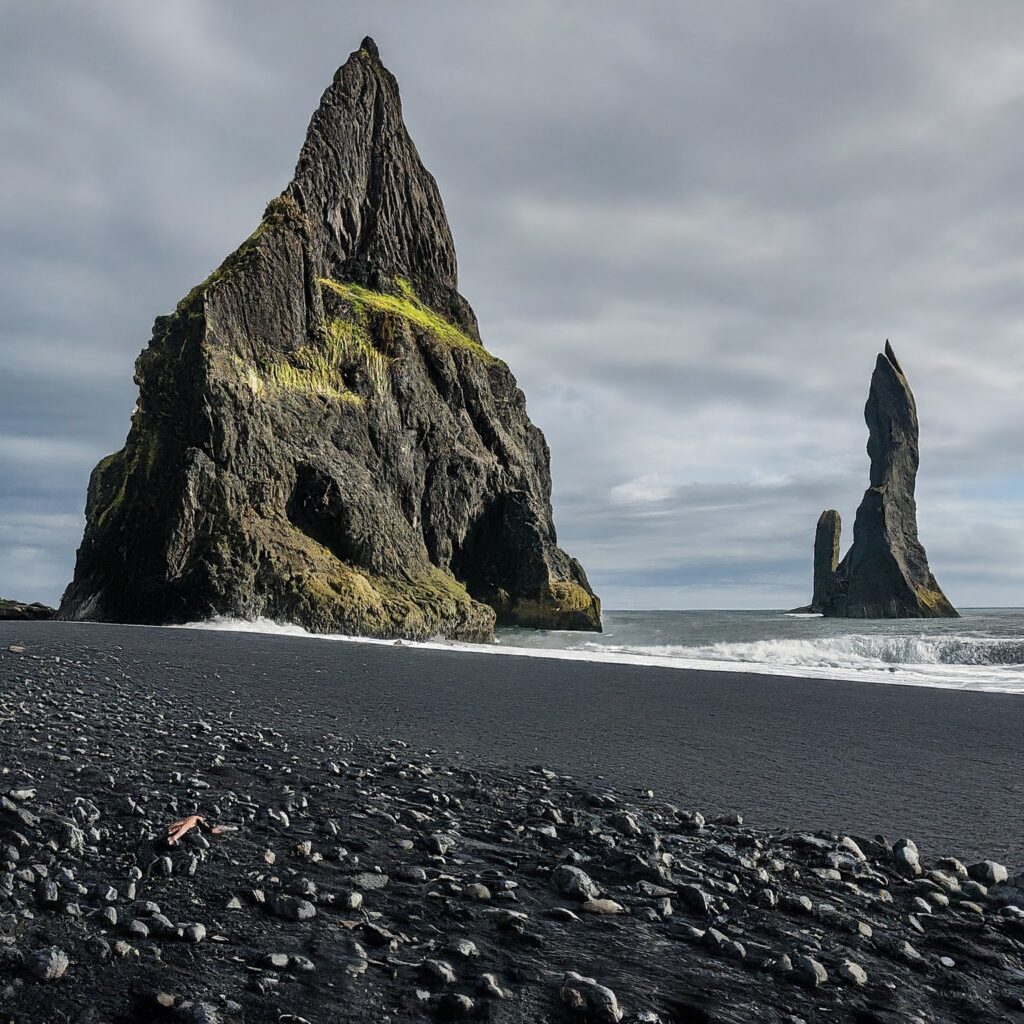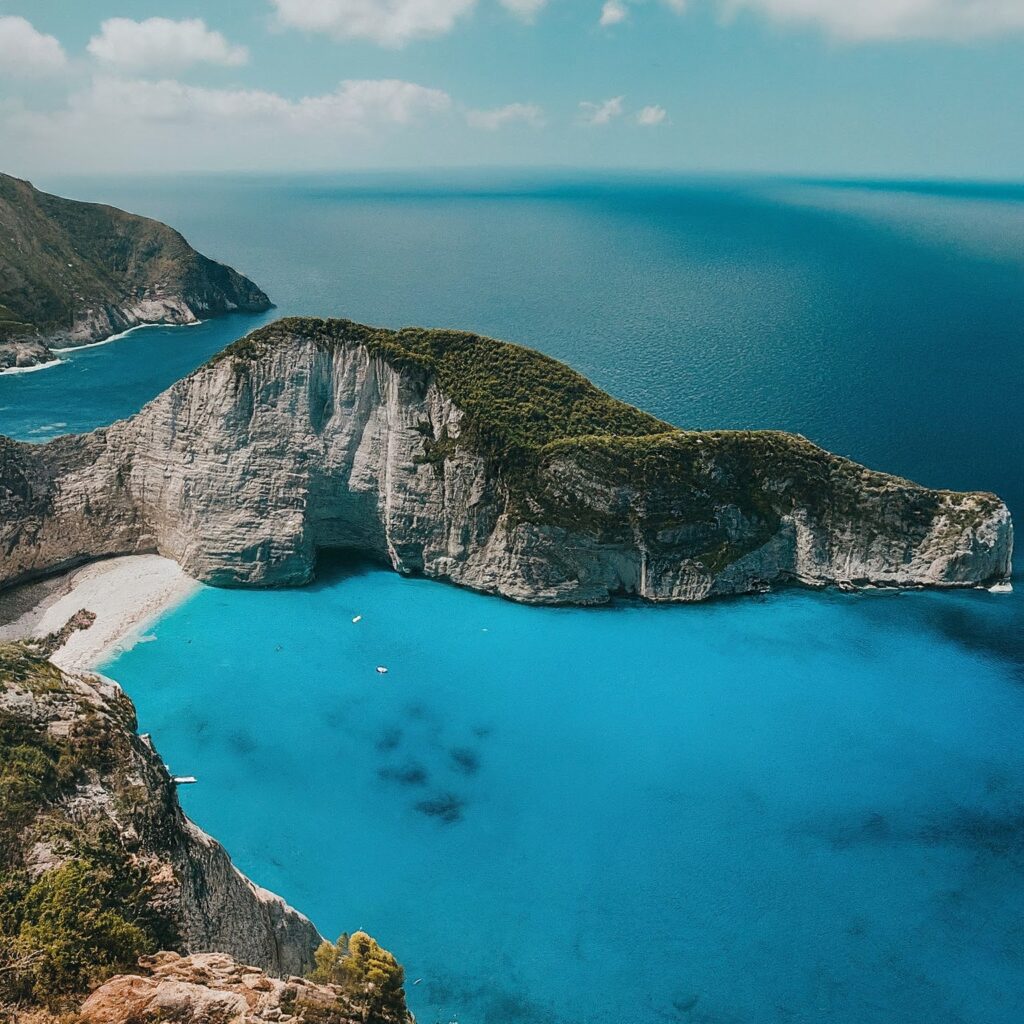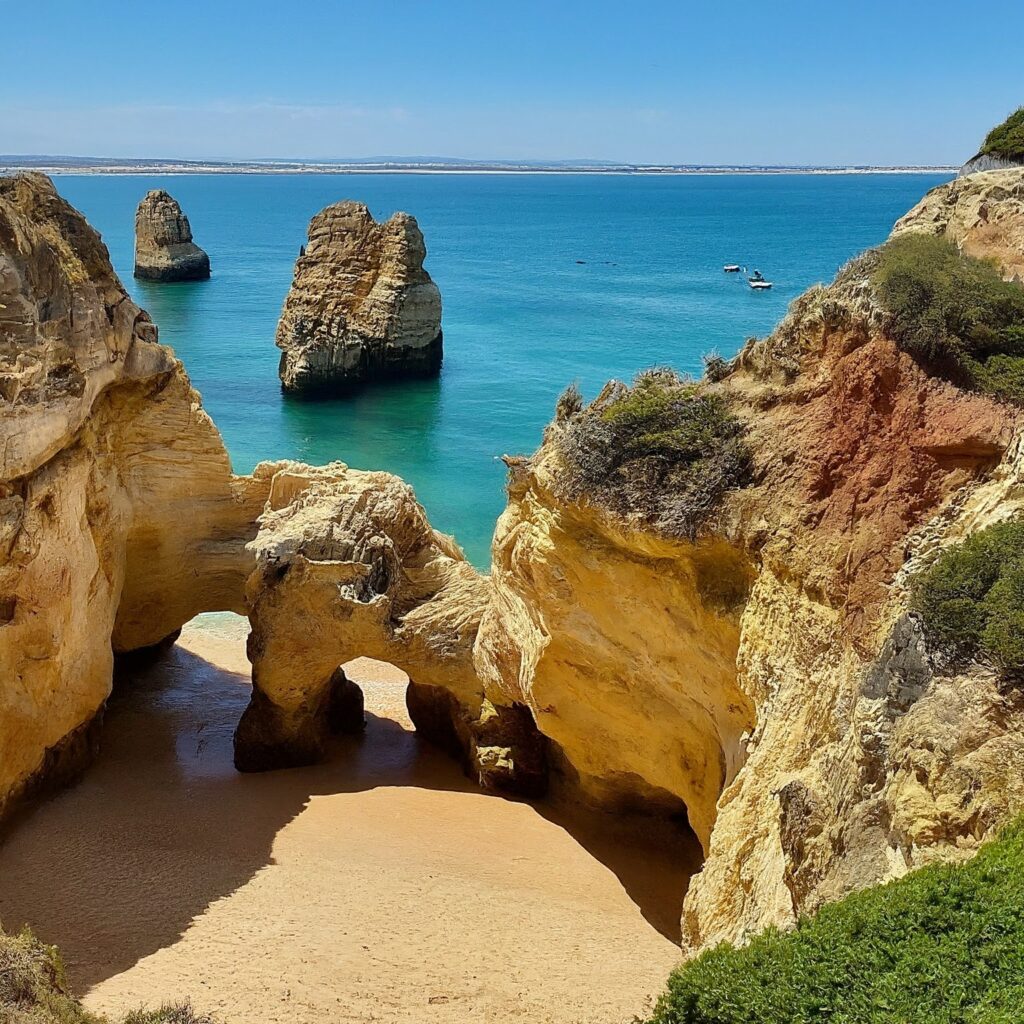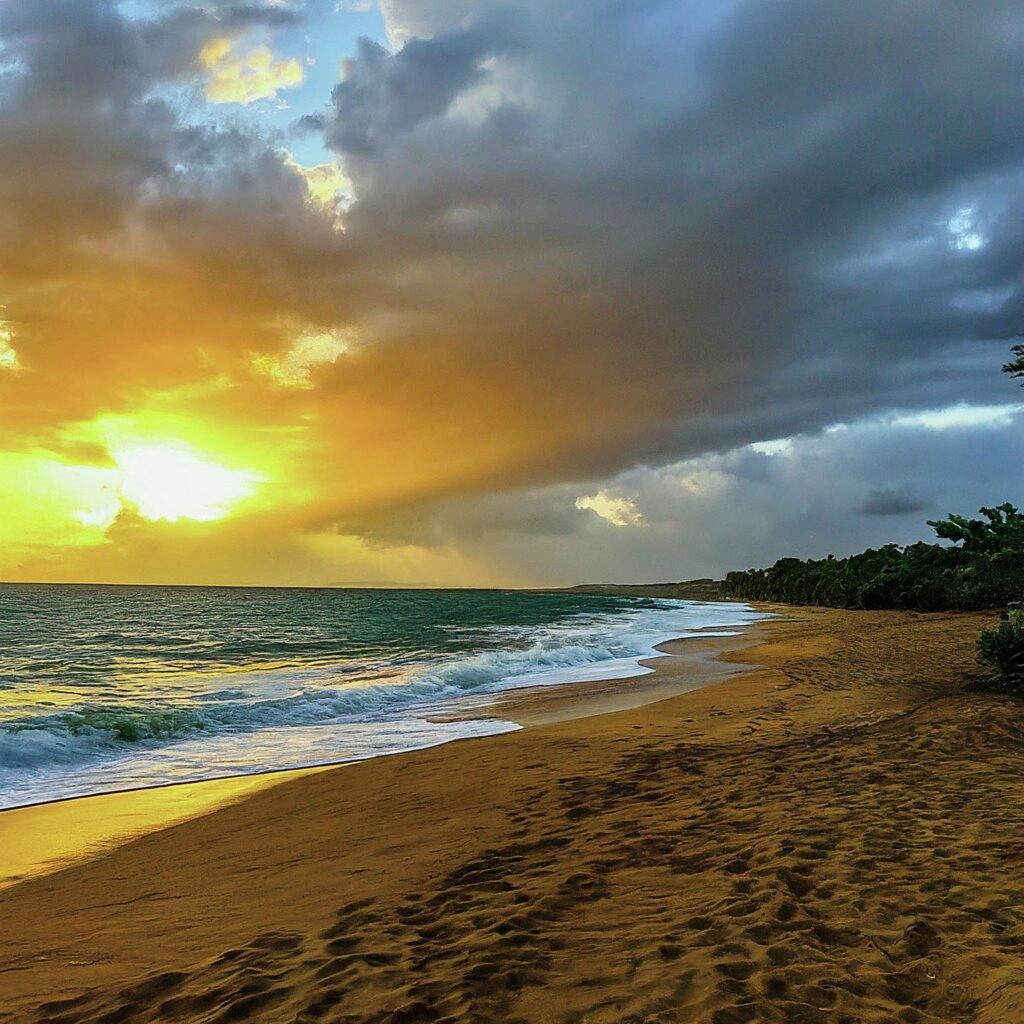Beaches have long been a favorite subject for landscape photographers, offering a mesmerizing blend of natural beauty and dynamic environments. From golden sands and rugged cliffs to tranquil waters and vibrant sunsets, each beach has its own unique character and charm. This article will explore some of the best beaches around the world for landscape photography, providing you with inspiration and tips to capture stunning images.
1. Anse Source d’Argent, Seychelles
Description: Located on La Digue Island, Anse Source d’Argent is famed for its pink sands, crystal-clear waters, and striking granite boulders. This beach is often considered one of the most photographed in the world.
Photography Tips:
- Golden Hour: Visit during sunrise or sunset to capture the soft, golden light that enhances the pink hues of the sand.
- Wide-Angle Lenses: Use wide-angle lenses to include both the boulders and the vast seascape in your shots.
- Polarizing Filter: Employ a polarizing filter to reduce glare and bring out the vibrant colors of the water and sky.

2. Lanikai Beach, Hawaii
Description: Located on the island of Oahu, Lanikai Beach is renowned for its turquoise waters, powdery white sand, and the picturesque Mokulua Islands in the background.
Photography Tips:
- Aerial Shots: If possible, use a drone to capture the stunning aerial views of the beach and the offshore islands.
- Sunrise: Early morning light is perfect for capturing the serene beauty of Lanikai Beach.
- Underwater Photography: The clear waters make it ideal for underwater photography, showcasing the vibrant marine life.

3. Whitehaven Beach, Australia
Description: Situated in the Whitsunday Islands, Whitehaven Beach is famous for its pure white silica sand and turquoise waters, creating a striking contrast that’s a photographer’s dream.
Photography Tips:
- Hill Inlet: Capture the swirling patterns of sand and water from the Hill Inlet lookout for a breathtaking view.
- High Tide vs. Low Tide: Visit during both high and low tide to photograph the changing landscape.
- Filters: Use neutral density filters to capture long exposures, creating smooth, ethereal water effects.

4. Reynisfjara Beach, Iceland
Description: Reynisfjara Beach, near the village of Vik, is known for its black volcanic sand, basalt columns, and dramatic coastal cliffs.
Photography Tips:
- Moody Weather: Embrace Iceland’s often moody weather to capture dramatic and atmospheric shots.
- Basalt Columns: Use the natural geometric patterns of the basalt columns to create striking compositions.
- Safety: Be mindful of the powerful waves and changing tides for your safety.

5. Navagio Beach, Greece
Description: Also known as Shipwreck Beach, Navagio Beach on Zakynthos Island is famed for the rusting shipwreck resting on its white sands, surrounded by towering limestone cliffs and azure waters.
Photography Tips:
- Aerial Perspective: Take advantage of the viewing platforms above the beach for stunning aerial shots.
- Blue Hour: Capture the tranquil blue hour to add a mystical quality to your images.
- Details: Focus on the details of the shipwreck to create compelling close-up shots.

6. Bora Bora, French Polynesia
Description: Bora Bora is synonymous with tropical paradise, featuring crystal-clear lagoons, overwater bungalows, and the iconic Mount Otemanu.
Photography Tips:
- Aerial Shots: Use a drone to capture the stunning patterns of the lagoons and the overall beauty of the island.
- Sunset: Photograph during sunset to capture the warm hues reflecting off the water and bungalows.
- Water Clarity: Utilize underwater photography to showcase the crystal-clear waters and vibrant marine life.

7. The Baths, British Virgin Islands
Description: The Baths on Virgin Gorda is famous for its massive granite boulders, creating picturesque grottos and pools of clear seawater.
Photography Tips:
- Natural Frames: Use the boulders to create natural frames around your shots.
- Exploration: Explore the grottos and pools for unique perspectives and compositions.
- Midday Light: The light filtering through the boulders at midday can create interesting shadows and highlights.

8. Pink Sands Beach, Bahamas
Description: As the name suggests, Pink Sands Beach on Harbour Island is known for its blush-colored sand, a rare and beautiful sight.
Photography Tips:
- Sunrise and Sunset: The pink hues of the sand are particularly vivid during sunrise and sunset.
- Contrast: Capture the contrast between the pink sand and the turquoise water for striking images.
- Wide Shots: Use wide shots to emphasize the expanse of the pink sand beach.

9. Praia Dona Ana, Portugal
Description: Located in the Algarve region, Praia Dona Ana is famous for its golden cliffs, clear waters, and scenic rock formations.
Photography Tips:
- Golden Hour: The golden cliffs are especially beautiful during the golden hour when the light enhances their color.
- Rock Formations: Focus on the unique rock formations to create dramatic compositions.
- Low Tide: Visit during low tide to access more of the beach and discover interesting tidal pools.

10. Maya Bay, Thailand
Description: Maya Bay on Ko Phi Phi Leh is known for its stunning emerald waters, white sand, and surrounding cliffs. It gained international fame after being featured in the movie “The Beach.”
Photography Tips:
- Early Morning: Visit early to avoid the crowds and capture the serene beauty of the bay.
- Panoramas: Use panoramic shots to capture the full scope of the bay and its surrounding cliffs.
- Underwater: Take advantage of the clear waters for underwater photography.

11. Baía dos Porcos, Brazil
Description: Located in Fernando de Noronha, Baía dos Porcos is a secluded beach known for its dramatic cliffs, emerald waters, and rich marine life.
Photography Tips:
- Drone Photography: A drone can capture the stunning aerial views of the cliffs and the beach.
- Snorkeling: Use underwater cameras to photograph the vibrant marine life and coral reefs.
- Natural Pools: Focus on the natural pools formed among the rocks for unique shots.

12. Tulum, Mexico
Description: Tulum Beach is famous for its stunning Mayan ruins overlooking the Caribbean Sea, creating a blend of history and natural beauty.
Photography Tips:
- Historical Context: Include the ancient ruins in your compositions to tell a richer story.
- Sunrise: Capture the sunrise behind the ruins for a breathtaking effect.
- Details: Focus on the intricate details of the ruins and the natural beauty of the beach.

13. Anse Lazio, Seychelles
Description: Anse Lazio on Praslin Island is renowned for its pristine white sand, clear blue water, and surrounding lush greenery.
Photography Tips:
- Golden Hour: The golden hour light enhances the natural beauty of the beach.
- Wide Shots: Use wide shots to capture the expansive beauty of Anse Lazio.
- Contrast: Highlight the contrast between the white sand, blue water, and green foliage.

14. Camps Bay, South Africa
Description: Camps Bay Beach in Cape Town is famous for its white sand, blue water, and the backdrop of the Twelve Apostles mountain range.
Photography Tips:
- Golden Hour: The sunset behind the mountains creates a dramatic and colorful sky.
- Mountain Backdrop: Include the Twelve Apostles in your shots for a stunning landscape composition.
- Long Exposures: Use long exposures to capture the movement of the waves and the changing light.

15. Flamenco Beach, Puerto Rico
Description: Located on the island of Culebra, Flamenco Beach is known for its white sand, turquoise water, and rusting tanks from the island’s military history.
Photography Tips:
- Sunrise and Sunset: Capture the beach during the golden hours for the best light.
- Historical Elements: Include the rusting tanks in your shots for a unique contrast between natural beauty and history.
- Aerial Shots: Use a drone to capture the full beauty of the beach and its surrounding landscape.

Conclusion
Each of these beaches offers unique opportunities for landscape photography, from the pink sands of Anse Source d’Argent to the dramatic black sands of Reynisfjara. By visiting these stunning locations, you can capture the diverse and breathtaking beauty of the world’s coastlines. Remember to plan your shoots around the best lighting conditions, experiment with different perspectives, and always respect the natural environment to preserve its beauty for future generations. Happy shooting!
